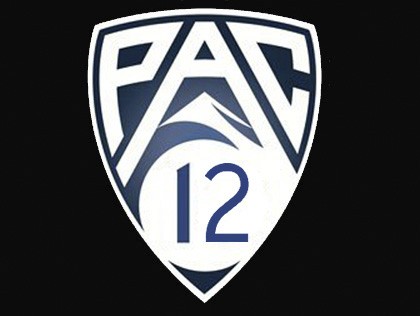Throughout the Pac-12 Conference, especially in football programs, changes have been rampant. Both on a personnel level (there are four new head football coaches in the conference) and in terms of facilities (as both Arizona and ASU work on stadium upgrades).
But the change with the most impact might be the installation of a Pac-12 television network, which launched Wednesday.
The entire country will be able to see Pac-12 sporting events on a regular basis with the birth of the network, something the Southeastern Conference has already accomplished with their own conference network, which is run by ESPN.
The league will also launch a digital network that will be accessible to fans via the web, mobile devices, televisions with Internet connections and gaming consoles.
The website, which switched from pac-12.org to pac-12.com to make it easier for fans to find it, went live simultaneously with the television network, while mobile access is expected to be up and running “about 90 days after launch,” said Pac-12 Enterprises Director Gary Stevenson.
“The idea is Pac-12 content, anywhere, anytime, by any device,” conference commissioner Larry Scott said at Pac-12 Media Day in July. “This is going to be a major innovation and a new and exciting development in the world of college sports — the first conference to completely own and control its own network.”
In the Tucson area, the national and Arizona-specific Pac-12 Networks are available, thus far, for customers of Cox and Comcast. Outside of Tucson, Western Broadband and Orbitel Communications will carry the network.
“We’d like to have every distributor out there; and that’s our goal,“ Stevenson said in a conference call. “We’ve had very good conversations with the other distributors in trying to find a business deal that works for them and us.”
The network will have a daily show covering the conference and pre-game and post-game shows from the studio and will feature Glenn Parker, a former defensive lineman at the UA.
The Wildcats will appear on the network twice during the upcoming football season, when they play against Oklahoma State at 7:30 p.m. on Sept. 8 and in the Sept. 15 contest against South Carolina State at 7:30 p.m.
The elevation in exposure gives fans more access to their teams, while also aiding coaches in recruiting by providing a guarantee of national television coverage.
“This is a very good contract for the Pac-12 and how it benefits the University of Arizona,” athletic director Greg Byrne said. “We have a stage that we need to try and take advantage of and highlight what our strengths are.”
The network will also spotlight smaller sports like volleyball, whose number of television appearances jumped from 15 to 80 thanks to network coverage. Approximately 350 of a total 850 events televised by the network will be live, including every football and men’s basketball game.
In the past, the start times of West Coast games were shown too late in different regions of the country, but Stevenson sees the network as an opportunity to eliminate that and showcase what the conference has to offer at a national level.
“You’re not going to see crazy, 9 p.m. starting times,” Stevenson said.














